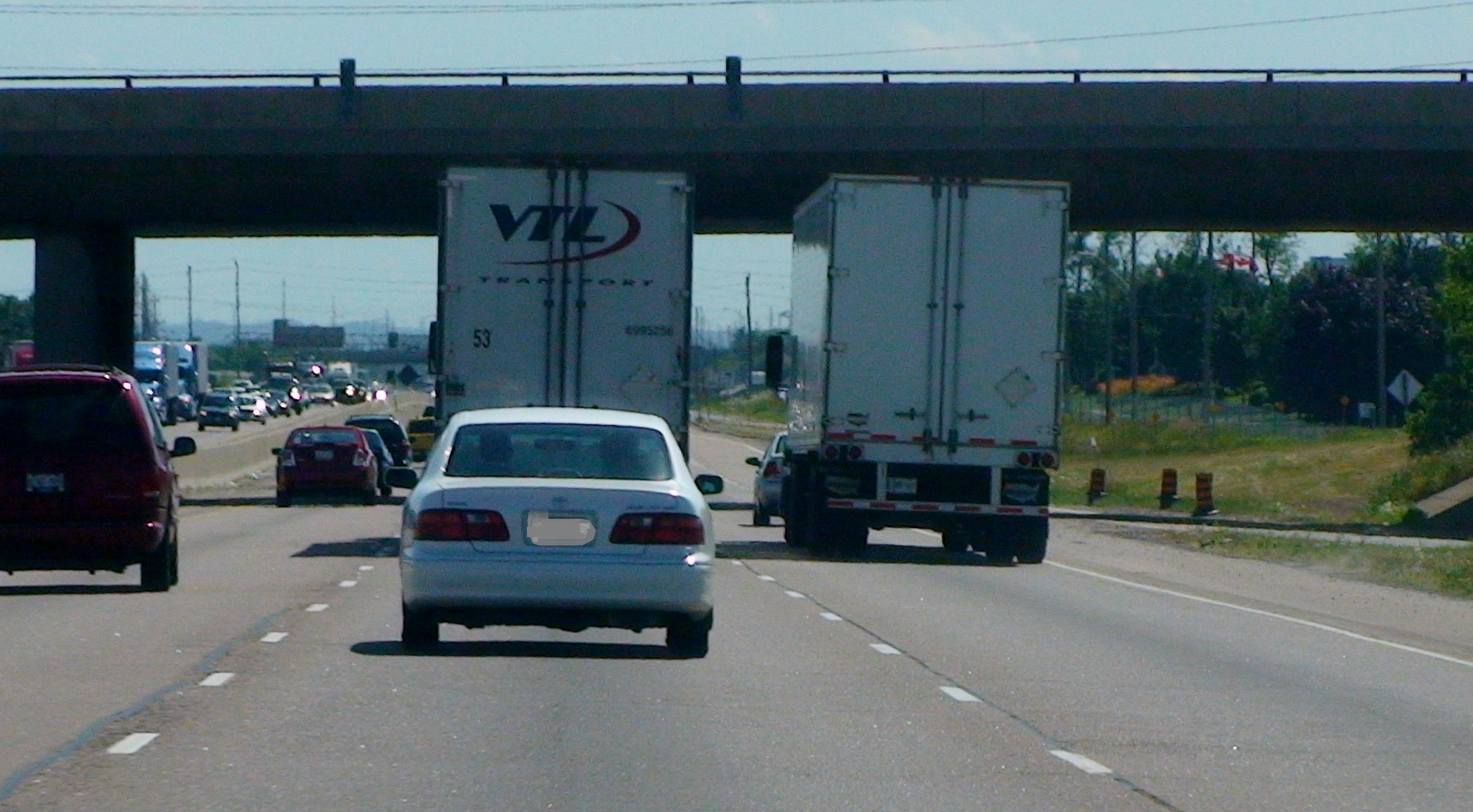Defensive driving or offensive driving?
 For many years, the phrase “defensive driving” was associated to the best way to drive on public roads. Defensive driving was a term which defines a series of common sense driving techniques that can help reduce the risk of vehicle crashes by anticipating actions of other road users. It pretty much still means the same thing. If you were told you were “offensive” it was never perceived to be a compliment. But times have changed. In many ways, it could be a good thing to be an “offensive driver”. However, you should know it’s not the same as being an aggressive driver.
For many years, the phrase “defensive driving” was associated to the best way to drive on public roads. Defensive driving was a term which defines a series of common sense driving techniques that can help reduce the risk of vehicle crashes by anticipating actions of other road users. It pretty much still means the same thing. If you were told you were “offensive” it was never perceived to be a compliment. But times have changed. In many ways, it could be a good thing to be an “offensive driver”. However, you should know it’s not the same as being an aggressive driver.
Generally speaking, to be a defensive driver means to look out for the other driver, cyclist, pedestrian – the other road user. When they do something that affects your progress, you respond to them by slowing, honking, changing lanes, or by stopping. Defensive driving as thought by many was to drive slowly and to brake when something unexpected happens. That doesn’t always work. There are times where you really need to make the first move. I was recently speaking with a colleague about the difference between defensive versus offensive. In short; offensive driving is putting your vehicle is a safe place after anticipating possible problems to your vehicle. It’s you making the first move.
The same can be said with sports. There’s an offensive side and a defensive side to many team sports. The defensive side essentially responds to what the offensive side does toward them. When it comes to driving, it seems to be similar, but it doesn’t have to always be that way.
Being a sports fan I understand the saying “the best defense is a good offence”. This often means the offensive side controls the play. The defensive side responds to their moves and sometimes they get trapped. This can also work while driving. Driving is a team sport. Instead of waiting for another driver to do something, you respond early by doing something first to avoid the entire situation.
For example, purposely driving beside open space will allow for the driver in the next lane room to move in case they have to swerve or if they lose control. This means you took action before you needed to, as opposed of waiting for a driver to swerve before doing something. Another example is leaving additional space in front of your vehicle while stopped in traffic. The added space in front means you have a place to go if the driver behind was sliding on the wet road and needed more time to stop. These examples are what you would do first; before the other drivers around you screwed up.
Offensive driving in the past was perceived as forcing vehicles around you to respond to you. Offensive driving has changed, or at least should change. You have the power to change it. Being an offensive-defensive driver is the new trend. Think of offensive driving as proactive driving. It’s not about always slowing and being passive any longer. It’s also about accelerating and taking the first actions to avoid a crash or possible risky situation.
Despite what name you call it, it’s more important to be proactive. Make the first move to protect you, your passengers, other road users and your vehicle. Be in control. It’s the new trend.
Have a quick listen to this short episode of “Speed Bumps” podcast as this is also discussed.

I agree with you that the goal is to be a proactive driver. Will proactive driving be relevant with self driving cars? The driver in this case won’t be a human making decisions.
Very much agree with proactive driving, though I earned my license in the days defensive driving was the big thing.
Too many drivers seem to think braking is the solution to every situation, when it can easily make things worse, especially considering the inappropriately close following distances often seen these days.
Being observant and considerate as anticipation all help to be a better driver